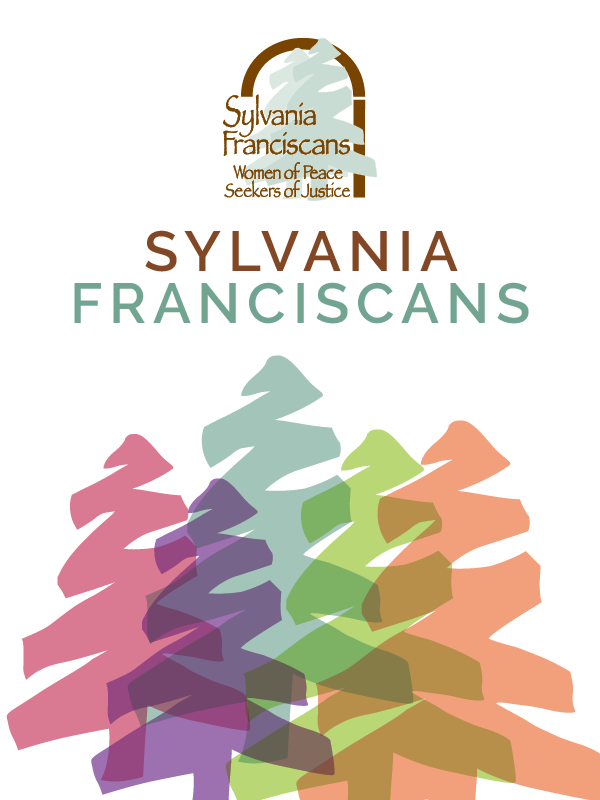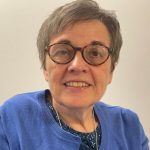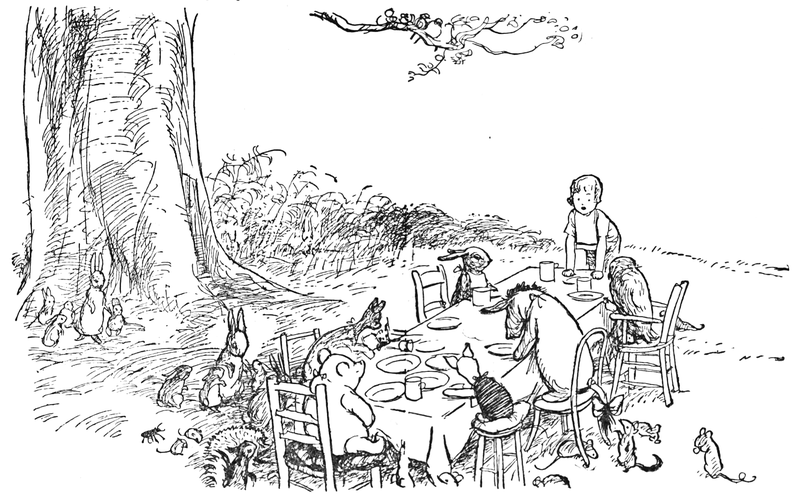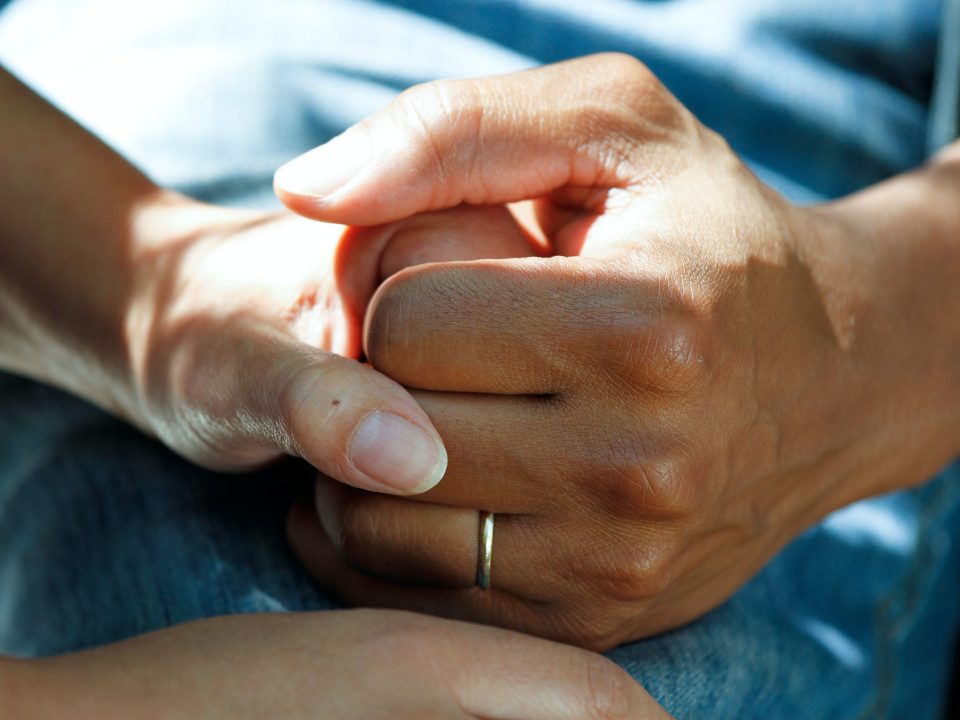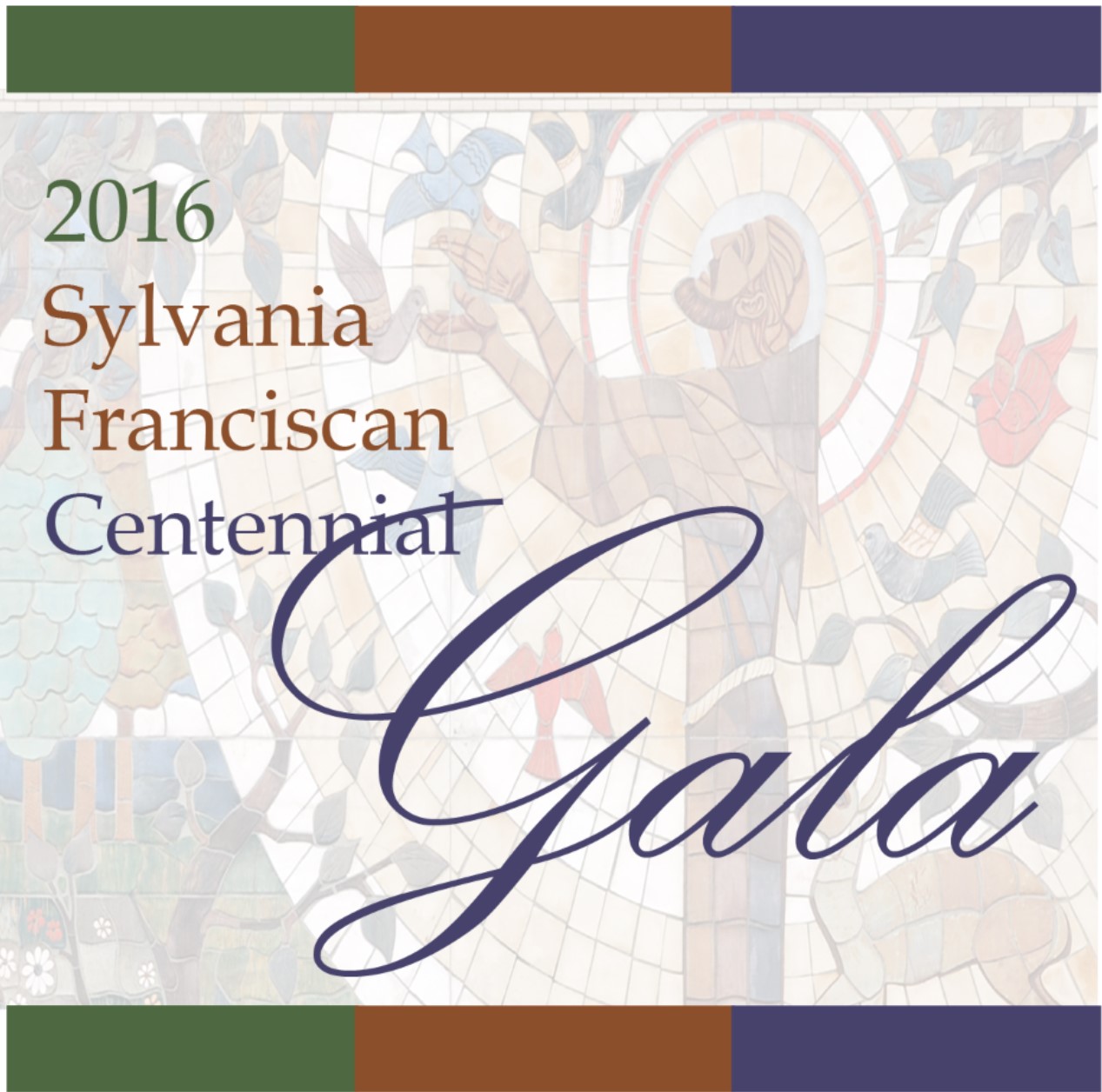
Sylvania Franciscans Select 2016 Franciscan Award Recipients
August 23, 2016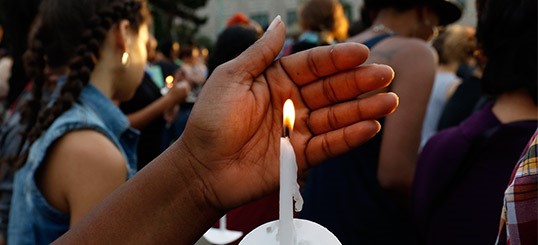
Day of Prayer for Peace
September 9, 2016By Sister Karen Zielinski, OSF
“There are no barriers to God’s love; there should be no barriers in God’s House.”
-Ginny Thornburgh, Director of the Interfaith Initiative, American Association of People with Disabilities
Maria grew up in her Brooklyn, New York parish. She was baptized, attended grade school and married there. She attends Sunday Mass weekly, but does not enter the church building; she sits in her wheelchair in front of the ten stone steps which lead up to the church. After her stroke, she asked her pastor and staff if they could make some accommodations for persons with mobility problems. The staff was very caring, but cited money issues and could not afford the changes.
For weeks, Maria attended siting in her wheelchair at the bottom of the front church steps. She arrived when Mass started and left after the last hymn. Sometimes a Eucharistic Minister brought her Communion. Maria knew she was being dramatic, but she wanted to keep the reality of the church’s excluding some members up front in the parish’s minds.
It worked. After several months, parish and staff members met and built an accessible ramp on the side of the church. Maria and many other members who use mobility aids are now attending Mass—inside the church building.
It seems ironic that the very thing that can help us cope with disability—our faith—can be out of our reach. Millions of people in the United States have spiritual needs which are not being met because their churches, synagogues, meetinghouses, mosques, or temples aren’t accessible to persons with disabilities. People with disabilities often skip attending religious services because their places of worship are not accessible for them.
There may be ramps and handicapped parking spaces for those with mobility limitations, but accessible bathrooms, large print missals and song books, hearing devices, ambos for proclaiming the Word, accessible religious education classes, and rooms for persons with mental illness might be missing in most churches. Sometimes these accommodations are found only in larger suburban parishes, or in parishes where a staff member or volunteer has a family member with a disability of any kind.
Pope Francis literally embraced people with physical or intellectual disabilities when he recently celebrated Mass during the jubilee of the sick and persons with disabilities. Altar servers with Down syndrome, and persons with disabilities proclaimed the word, including one in Braille. Pope Francis commented, “The world does not become better because only apparently ‘perfect’—not to mention fake—people live there, but when human solidarity, mutual acceptance and respect increase.”
Having accessible churches is a must, as more and more of society are becoming disabled. Three major demographic trends are converging. They include people returning from war; people in their twenties and thirties surviving neonatal surgeries, and aging Boomers with knees wearing out, hearing loss and vision problems, and worsening chronic diseases.
The Americans with Disabilities Act of 1990 offers no relief in making places of worship accessible. It guarantees that people with disabilities won’t be denied employment or promotion because of their disabilities. It also promises accessibility for transportation to services and public accommodations such as restaurants, museums, libraries, parks, day care centers, doctors’ offices, hotels, schools and retail stores.
It does not apply to houses of worship or facilities controlled by religious organizations (except in matters of employment). Religious leaders need to respond to the spirit of the law which is to include all people and welcome all people, something our faiths seem to embody. Many places of worship have tried to address accessibility challenges, but sometimes are slow to make changes because costs are prohibitive.
Some church boards make decisions to spend their limited budgets on other church needs because they cannot justify making changes for “a handful of worshippers”. But all need to be welcome. Another major part of welcoming persons with disabilities into a parish is actually inviting them into a meaningful part of parish life. Persons with physical, intellectual or neurological disabilities need to be truly involved in their parish, and invited to serve on church committees, planning events, and involved as ministers in the liturgy. People with disabilities have many gifts to offer their places of worship.
When persons with disabilities take an active role in their parish, the physical accommodations seem to happen so that these members can attend safely. A person with a disability might offer simple suggestions to accommodate others with disabilities. As they say in the world of disability, “Nothing about us without us!”
For the first time, the Center for Applied Research in the Apostolate (CARA) released a first-of-its-kind study of Catholic parishes in the United States and how they are responding to calls for inclusion and accommodation. What is hopeful about the CARA report, is that the conversation is bringing a call, an awareness for true inclusion–which is more than a ramp.
There is hope. Ginny Thornburgh, Director of the Interfaith Initiative at the American Association of People with Disabilities (AAPD) has resources which can help. The Mission of the AAPD Interfaith Initiative is to support people with disabilities and their families as they seek spiritual and religious access, and to bring the powerful and prophetic voice of the faith community to the 21st Century disability agenda.
Thornburgh is a trailblazer in worship-related accessibility. As she visits various sites she observes, “I give a lot of talks. After I have described the barriers to full participation for children and adults with disabilities in their congregations–those are barriers of architecture, communications and attitude (the biggest of barriers.) I say, “There are no barriers to God’s love; there should be no barriers in God’s House.”

